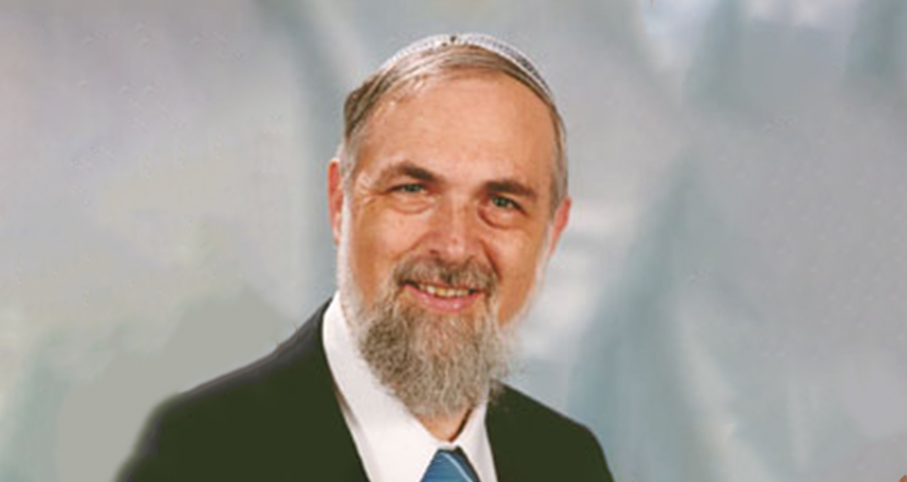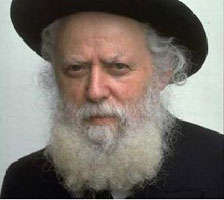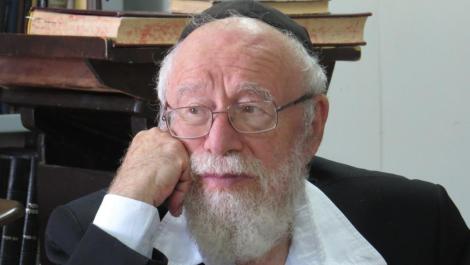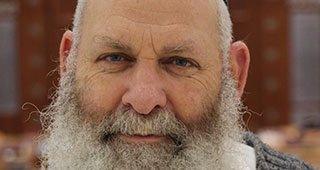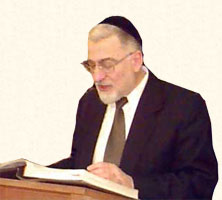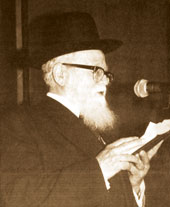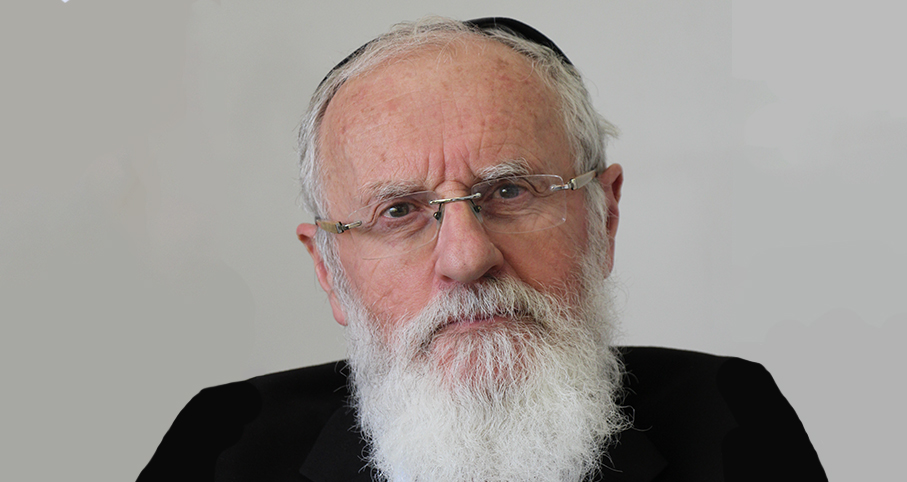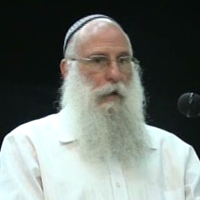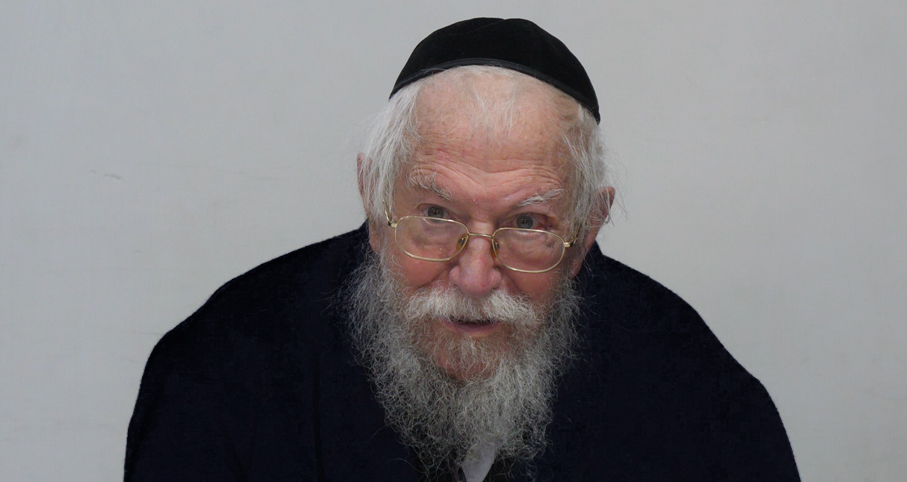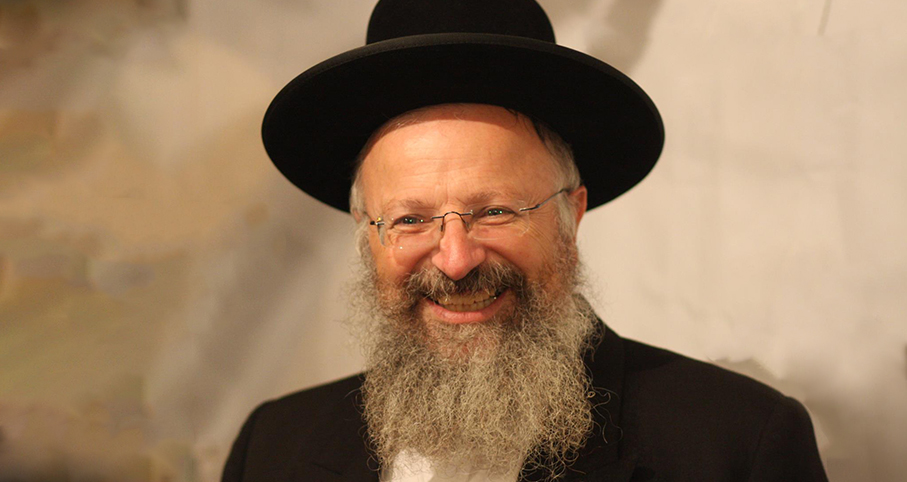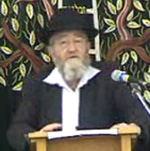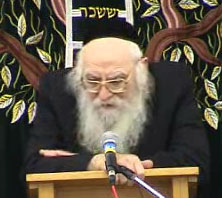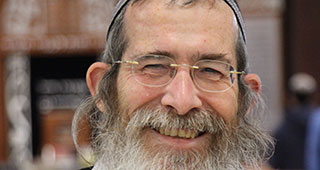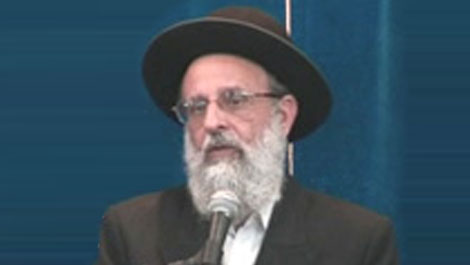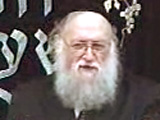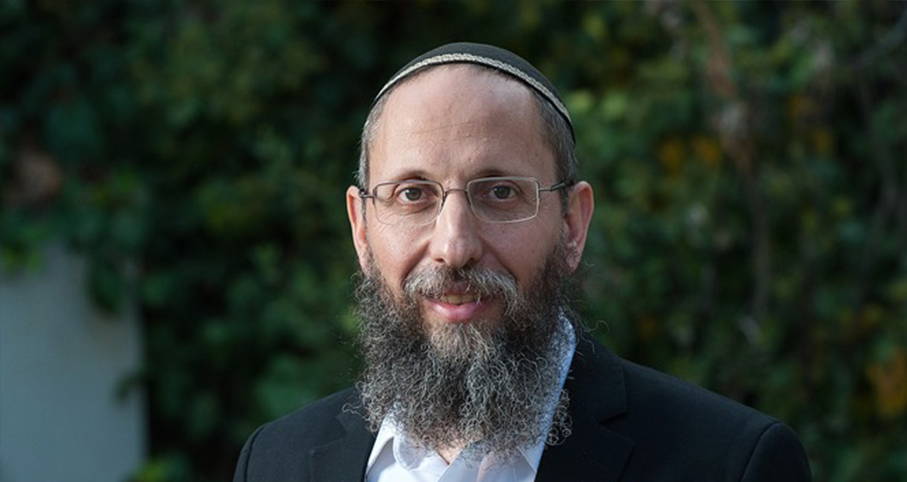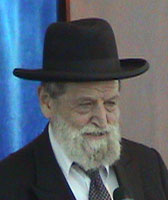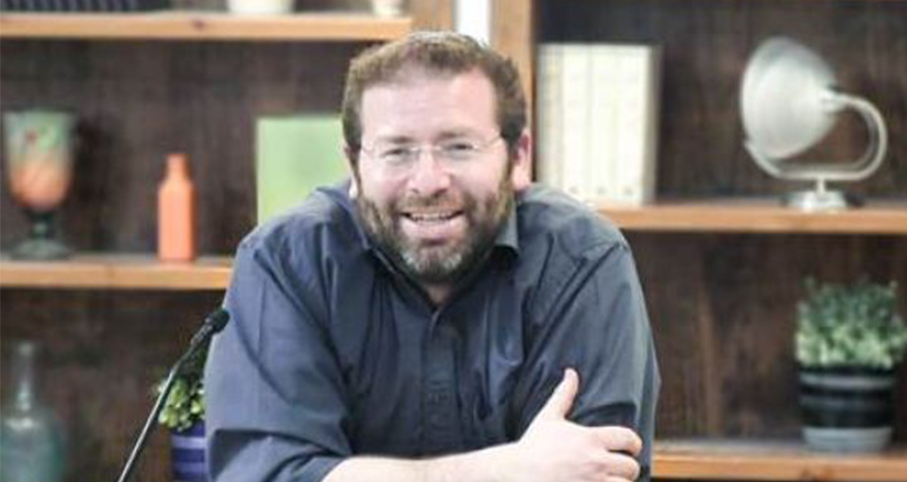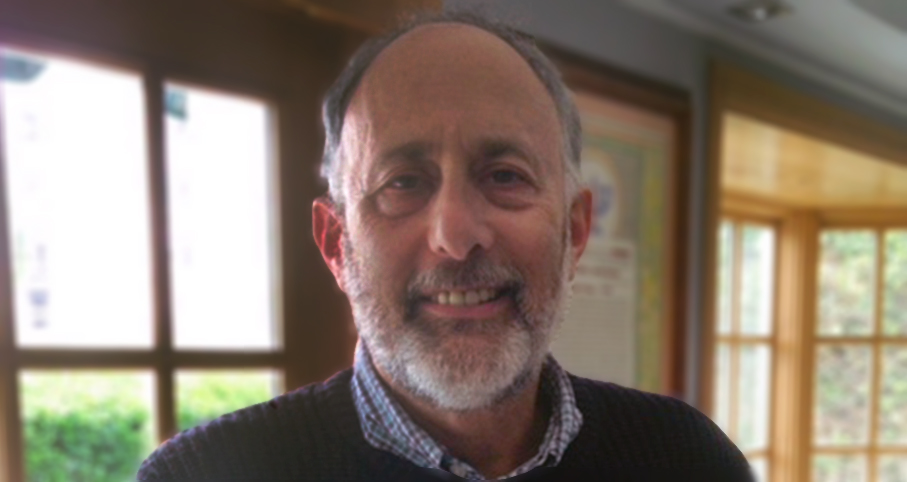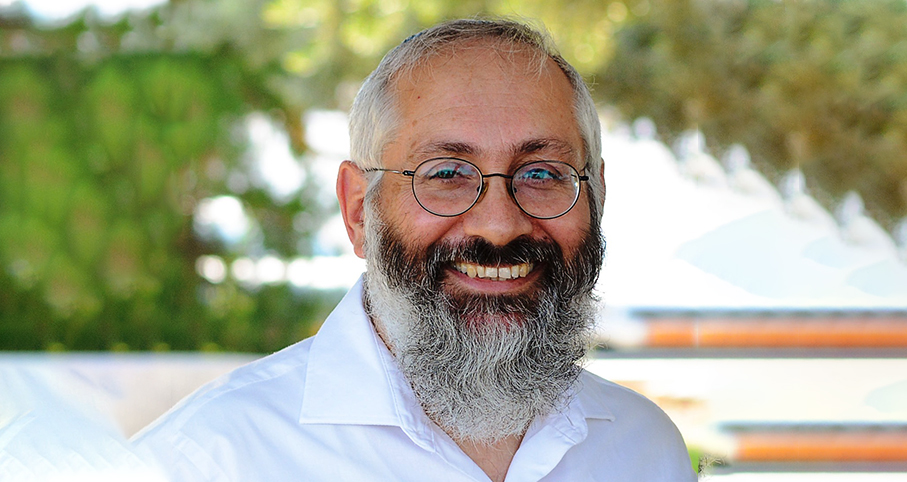Beit Midrash
- Sections
- Chemdat Yamim
- Bemare Habazak - Rabbis Questions
Answer: We will start by analyzing the issue you raise – bishul. One is forbidden to put even already edible food near enough to a fire that it would cook if left there, despite his intention to remove it before that point (Shulchan Aruch and Rama, Orach Chayim 318:14). It is difficult to confidently assume that a given pareve ice cream is halachically already cooked.

Bemare Habazak - Rabbis Questions (628)
Rabbi Daniel Mann
605 - Ask the Rabbi: Timing of Ma’aser Kesafim
606 - Ask the Rabbi: Ice Cream on Hot Cake on Shabbat
607 - Ask the Rabbi: Escorting Husband Returning from Hospital on Shabbat
Load More
Bishul for solid foods is contingent on significant change (ma’achal ben drusa’i), which is unfathomable in this case. For liquids, it is forbidden to bring them to yad soledet bo (Shulchan Aruch ibid.). Is ice cream that will melt solid or liquid? The Magen Avraham (318:40) and Taz (318:20) debate the status of congealed food which the heat will melt regarding reheating cooked food, which is forbidden for liquids, and the simple ruling is lenient (Mishna Berura 318:100). Besides the fact that some are machmir (see sources in Piskei Teshuvot 318:32), it is not obvious that it is correct to follow only the starting state regarding uncooked foods (beyond our scope; see Mishna Acharona 318:149.) In any case, the cake is probably not hot enough to get significant amounts of ice cream to yad soledet bo.
There is an issue you did not raise, known as nolad, i.e., causing the change from solid to liquid. It is forbidden to smash ice to turn it into water (Shabbat 51b). While many understand that it is a problem only when it is accomplished by a direct action (see variations in Rashi ad loc. and Rambam, Shabbat 21:13), the Sefer Hateruma (335) views it as more result oriented and forbids putting the solid near a fire to melt. The Shulchan Aruch does not cite the Sefer Hateruma’s stringency; the Rama (OC 318:16) cites both opinions and accepts leniency when there is need.
While some understand the Sefer Hateruma as treating the melted matter as objective muktzeh, it is more likely (see Shut Panim Meirot I:84) that the prohibition relates to a problematic semi-direct act of changing the phase (see Orchot Shabbat, vol. I, pp. 203-5). Therefore, it is not surprising that the context of the melting process can make a difference even according to the stringent opinion. After this introduction, we will see reasons for leniency by which even the machmirim regarding nolad can allow putting ice cream on warm cake.
According to most, the problem of nolad relates to putting something near a recognized heat source and not, for example, a warm room (see Orchot Shabbat 4:44, Shevet Halevi VII:40). If the cake is warm rather than really hot, it may not pass muster. A corollary of this idea is that intention in putting it in a place where it will melt will help determine whether it is an "act" of melting (see Mishna Acharona 318:153). In our case, most people prefer ice cream frozen and only would put it on the cake to more easily combine the tastes. Also, Shemirat Shabbat K’hilchata (10:(24)) posits that nolad does not apply to ice cream because its function does not change whether it is frozen or melted. Finally, nolad is forbidden only with significant amounts of melting (Mishna Berura 318:105), and one who eats the ice cream quickly may do so without reaching that amount.
In summary, in most cases, it is permitted to put the ice cream on the hot piece of cake. (Our presentation shows that certain permutations are more likely to be problematic than others.)

Ask the Rabbi: Drawer with Aluminum Foil Roll
Rabbi Daniel Mann | Cheshvan 5786

Ask the Rabbi: Beracha Acharona on Cake
Rabbi Daniel Mann | Tevet 5786

Ask the Rabbi: Mincha after Sunset
Rabbi Daniel Mann | Cheshvan 5786

Ask the Rabbi: Depriving a Tree of Water
Rabbi Daniel Mann | Tishrei 5786

Rabbi Daniel Mann

Reciting Kri’at Shema at the Very End of its Time
Sivan 21 5779

Reciting Borei Nefashot on Food When One Will Still Drink
Sivan 3 5780

Encouraging a Child to Criticize His Parent
5774

